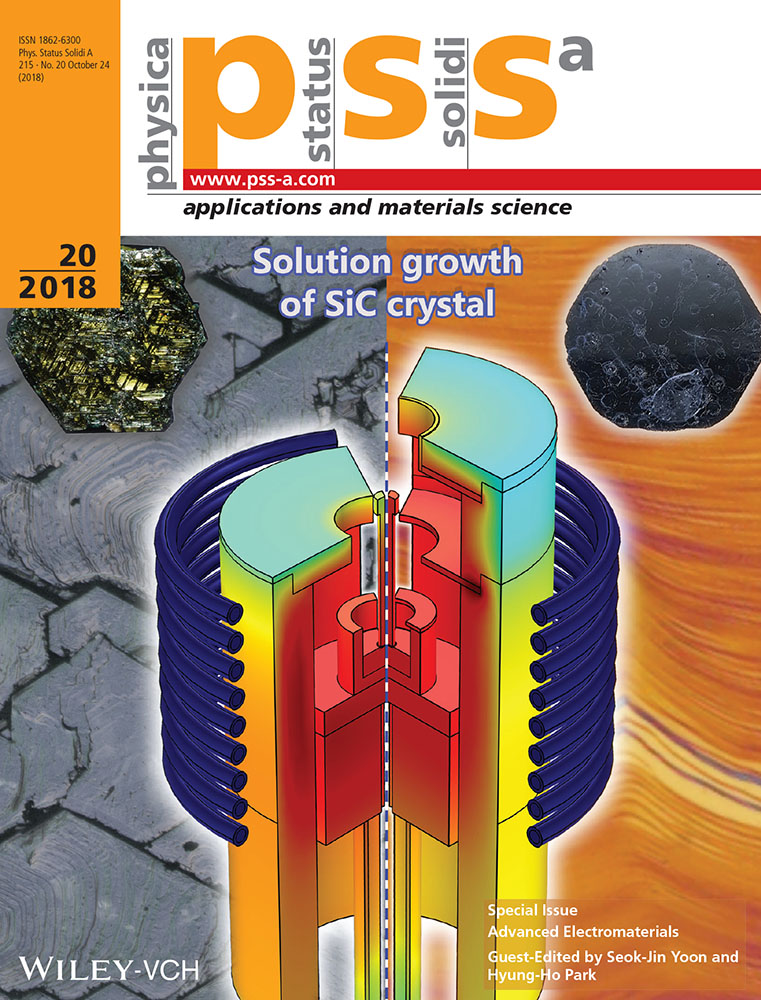Adsorption Characteristics of Methylene Blue on WO3 Nanorods Prepared by Microwave-Assisted Hydrothermal Methods
Abstract
Nanostructures of WO3 powders are selected as a dye adsorbent and investigated to understand the effects of specific surface area of WO3 nanorods on dye-adsorption performance. The synthesis of WO3 nanorods is performed using microwave-assisted hydrothermal methods within 5 min, with sodium tungstate dihydrate as a precursor and citric acid as a structure-directing agent. The as-synthesized WO3 nanorods are characterized by x-ray diffraction, transmission electron microscopy, scanning electron microscopy, Fourier transform infrared (FT-IR) spectroscopy, and Brunauer–Emmett–Teller (BET) measurements for their phases, structure, morphology, surface properties, and specific surface area, respectively. The dye-adsorption performance is studied with a methylene blue (MB) solution using UV-visible spectroscopy, and the results agreed well with the Langmuir model of adsorption. The maximum adsorption capacity of the WO3 nanorods was derived from Langmuir model's fitting. The specific surface area of WO3 powders synthesized at 150 °C is 52.05 m2 g−1; it tended to decrease with increasing synthesis temperature because of the stacking of nanorods. As a result, the adsorption performance of the WO3 nanorods is improved as the overall specific surface area increased.
Conflict of Interest
The authors declare no conflict of interest.




